Much of our research in 2024 to 2025 has focused on improving the resilience of our trees, woods, and forests. The NCF programme which concluded this year has enabled us to conduct vital research into the threat of climate change in a forestry context, while also bringing welcome opportunities for collaboration with organisations across the sector.
This year, we have also embraced Machine Learning where it can help us work more efficiently and focus our attention where it is needed the most – our new MESOSCAN technology provides an exciting opportunity to improve our approach to sample processing. Our research also encompasses woodland economics, and this year we have sought to understand the impact of woodland creation on land value.
The highlights that follow demonstrate how Forest Research has contributed vital evidence to inform practice and policy related to our trees and forests.
Using machine learning (AI) to help identify soil biodiversity
This year, Forest Research scientists have worked on several packages across Defra’s Natural Capital Ecosystem Assessment Programme (NCEA).
One of these projects involved the monitoring of physicochemical and biological properties of UK forest soils. We investigated a number of biological groups present, including mesofauna (mites and springtails). Mesofauna are particularly challenging to study due to the hidden nature of the soil as a habitat, the small size of these creatures (0.2 mm to 2 mm), how little we know about their ecology, and the evolving nature of their taxonomic classification. Additionally, there is a lack of taxonomy experts available in the UK, and taxonomic identification can be time consuming, taking up to two days per sample in monitoring schemes that may be collecting up to 400 samples.
To overcome these challenges and aid with mesofauna identification, we are developing an automated Machine Learning system called MESOSCAN. We have now completed an initial end-to-end system, capable of performing the work of the taxonomist in identifying and counting specimens in a sample. This new system enables us to process samples ten times faster.
It is important to note that this does not replace the taxonomist but instead allows them to focus on identifying rarer and more unique specimens, while the MESOSCAN system delivers a faster preliminary result.
The two main challenges of the project have been the data collection of sufficiently high-quality images, and the development of automated classification using Machine Learning. To train such a system using a Deep Learning approach requires an extensive and well-curated set of training images. To create the best possible collection, we have constructed a macro-photography system mounted on a robotic arm that can scan many images at a very high magnification. As with any new piece of scientific apparatus, it is critical to calibrate and monitor its performance.
This is especially important in the case of a Machine Learning system, as it can be difficult for a human to interpret why a specimen was classified as such. Currently, we are performing this assessment by comparing the results of the systems output to the precise counts produced by an expert taxonomist.
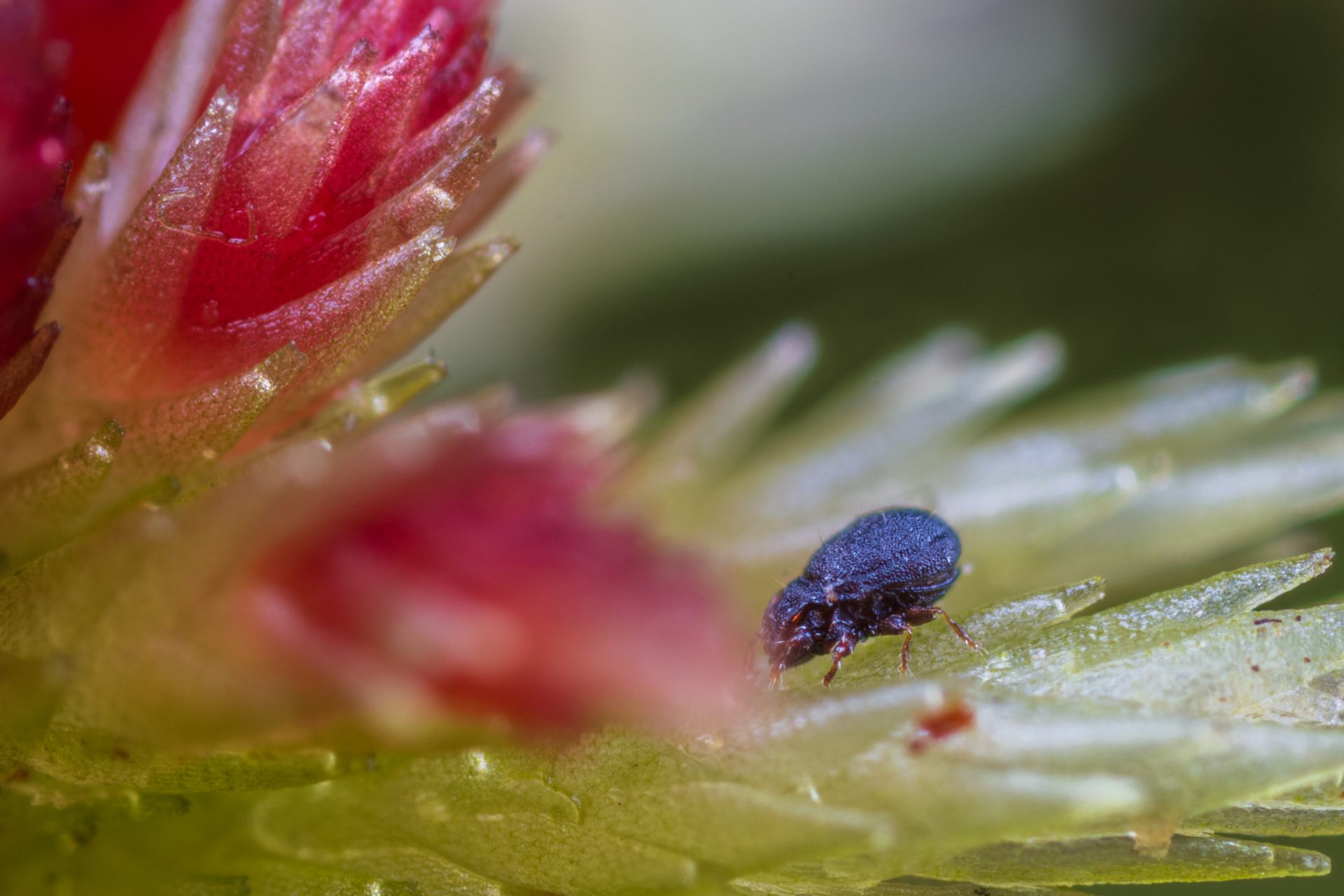
Ultimately, a system like MESOSCAN will allow soil ecologists to create easily accessible image-based biodiversity databases, which can be expanded with time to host other biological data, such as molecular and acoustic identifications. This will allow us to archive samples more efficiently, standardise and share biological data with other scientists, and obtain additional data from the samples collected (size, shape, mass). This can aid our understanding of the ecology of these animal groups, their role in ecosystem functioning, and their influence on soil health.
Understanding the impact of climate change on our trees, woodlands, and forests
In 2023, Forest Research secured 30 research and development (R&D) projects under the Nature for Climate Fund, with a total value exceeding £16 million. Funded by Defra, this ambitious programme of research is advancing our understanding of the role, function, and resilience of trees, woodlands, and forests across England, while addressing some of the key environmental threats they face.
Funded projects spanned a wide range of themes, including:
- Evaluating the role of natural tree colonisation, with and without supplementary low-density planting, as an alternative means of expanding woodland cover.
- Expanding agroforestry systems.
- Preliminary development of a Woodland Water Code to quantify the water benefits of trees, including nutrient interception, shading, and flood alleviation.
- Investigating how young woodlands might accelerate ecological connectivity between existing mature woodlands.
- Reviewing the biodiversity value of commercial forests to inform sustainable forest management.
- Exploring the role of trees outside of woodlands in contributing to the wider treescape and the ecosystem services they provide.
- Analysing the economics of woodland creation including the costs, benefits, and long-term value.
- Assessing the impacts of development on ancient woodlands and identifying strategies for mitigation.
- Reviewing wildlife management approaches that balance the control of pest species with the creation of shared spaces that support both biodiversity and human wellbeing.
- Establishing the groundwork for a national network of research forests, designed to test alternative tree plantings, densities, and provenances.
Forest Research collaborated with 27 partner organisations from academia, non-governmental organisations (NGOs), and industry to deliver the programme. Working closely with Defra and other parts of the Defra family, including Forestry Commission, Natural England, and the Environment Agency, the programme produced over 200 outputs spanning a broad range of subject areas.

Although the NCF programme has now concluded, it continues to support 6 PhD students as they finalise their studies. These studentships are helping to strengthen future expertise in forest science. Looking ahead to 2025 to 2026, efforts will continue to ensure wide dissemination and application of the programme’s findings.
This will include publishing scientific papers, engaging with stakeholders, and translating evidence into practical guidance to support policymakers, practitioners, and land managers.
Identifying additional tree species for productive forests
Currently the British forestry sector is heavily dependent on one productive tree species, Sitka spruce. With the increasing threat from pests and diseases and the effects of climate change, it is essential to identify a shortlist of alternative species that the whole sector can agree upon, to diversify the composition of our woodlands and forests.
In early 2024, Scottish Forestry commissioned Forest Research to assemble the evidence required to select such a shortlist for Scotland. This work became a key action in their new Routemap to Resilience, and was overseen by a cross-sectoral steering group. The shortlist informs other actions in the Routemap: to ensure there is seed and plant supply, improved material, silvicultural knowledge, and processing capability and end markets to maximise the benefits the shortlisted species will provide.
We began by agreeing a longlist of 64 species and a suite of eight evaluation criteria:
- tree improvement
- plant and seed supply
- silviculture
- site and climate suitability (current and future)
- productivity
- tree health
- biodiversity and environmental impacts
- timber quality and end use.
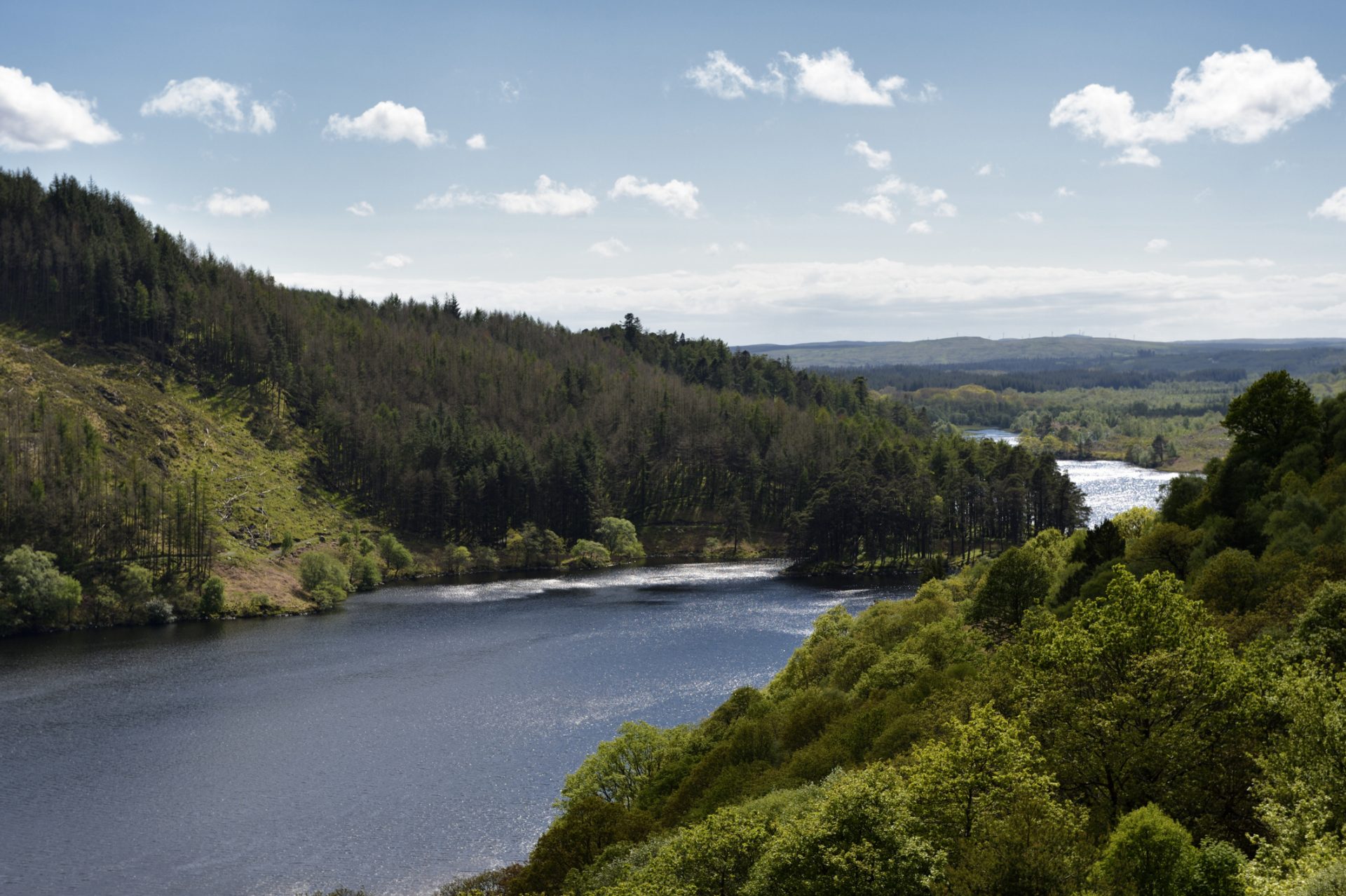
Using existing literature and expert knowledge, we scored the performance of each species on a common scale. In May 2024, we organised a workshop with around 50 stakeholders to explain our approach and elicit their weighting preferences for each criterion. We then explored how these weightings influenced the prioritisation of species. We concluded that it was not possible to agree a definitive set of weightings, so instead we used a Monte Carlo simulation whereby every possible weighting scenario was considered to derive a prioritised set of species.
The list needed further refinement through expert judgement and stakeholder consultation to consider other factors that cannot be captured by a purely quantitative approach. First, we ruled out ten species due to major known tree health risks. Then we prepared a detailed narrative to capture the rationale for including each species on the shortlist. We organised meetings with expert stakeholders to refine the list and work towards a consensus.
The provisional shortlist has 12 conifers and 12 broadleaved species, although this may be reduced before it is finalised and published later this year. The work has attracted much attention, and Defra’s Forestry Research and Development programme have now commissioned a similar exercise for England. The two projects are being coordinated by a new UK Forest Genetic Resources Group, chaired by the President of the Institute of Chartered Foresters, Geraint Richards, to ensure these initiatives succeed in their goal to drive diversification across Britain’s treescapes and increase their ecological and socio-economic resilience.
This research is available on our website.
Boosting community tree nurseries
This year, Forest Research scientists have completed their contribution to the Trees Outside Woodland (TOW) Project, which was led by Defra, in collaboration with Natural England and the Tree Council. The project was funded by HM Treasury’s Shared Outcomes Fund. The scope of the project included the development of five pilots, one of which was Boosting community tree nurseries.
Forest Research undertook a study to assess the potential Community Tree Nurseries (CTN) have to provide bio-secure, locally sourced, and diverse planting stock that can increase the resilience of treescapes.
Data were gathered through a national survey of CTNs across the UK, which was first conducted in 2022 and repeated in 2024, alongside monitoring CTNs that were involved as pilots and directly supported by the TOW project.
Comparing the results of the two national survey runs highlighted the following information about CTNs:
- There are probably between 80 and 100 of them across the UK.
- There are fewer under a year old in 2024 compared with 2022, indicating a potential decline in new entrants.
- Tree production levels remain steady at a minimum of around 250,000 trees per annum.
- The majority of them grow trees from locally collected seeds, mainly broadleaved species, but in the 2024 survey, 42% now produce conifers (of mostly native species).
- Tree donations from members of the public and other contributors remain an important source for smaller community-based CTNs, and this poses potential biosecurity risks.
- They continue to rely heavily on volunteer contributions to labour, with minimum average contributions per CTN ranging from 522 hours in 2022, to 377 hours in 2024. It is not clear why this significant drop has happened.
- Most of them have some form of biosecurity plan, with larger CTNs more likely to have formal policies. However, a significant portion of CTNs, particularly smaller ones, see some biosecurity practices as irrelevant to their contexts.
- Conversely, interest in Plant Healthy certification has grown, but cost and time requirements for attaining certification remain barriers to adoption. Further research could usefully uncover more understanding of how to shift these perceptions and increase biosecurity practice amongst all CTNs.
Overall, while the CTN sector remains stable, challenges persist. Our evaluation highlights the importance of continued support for CTNs, particularly in areas of financial stability, volunteer engagement, and biosecurity practices.
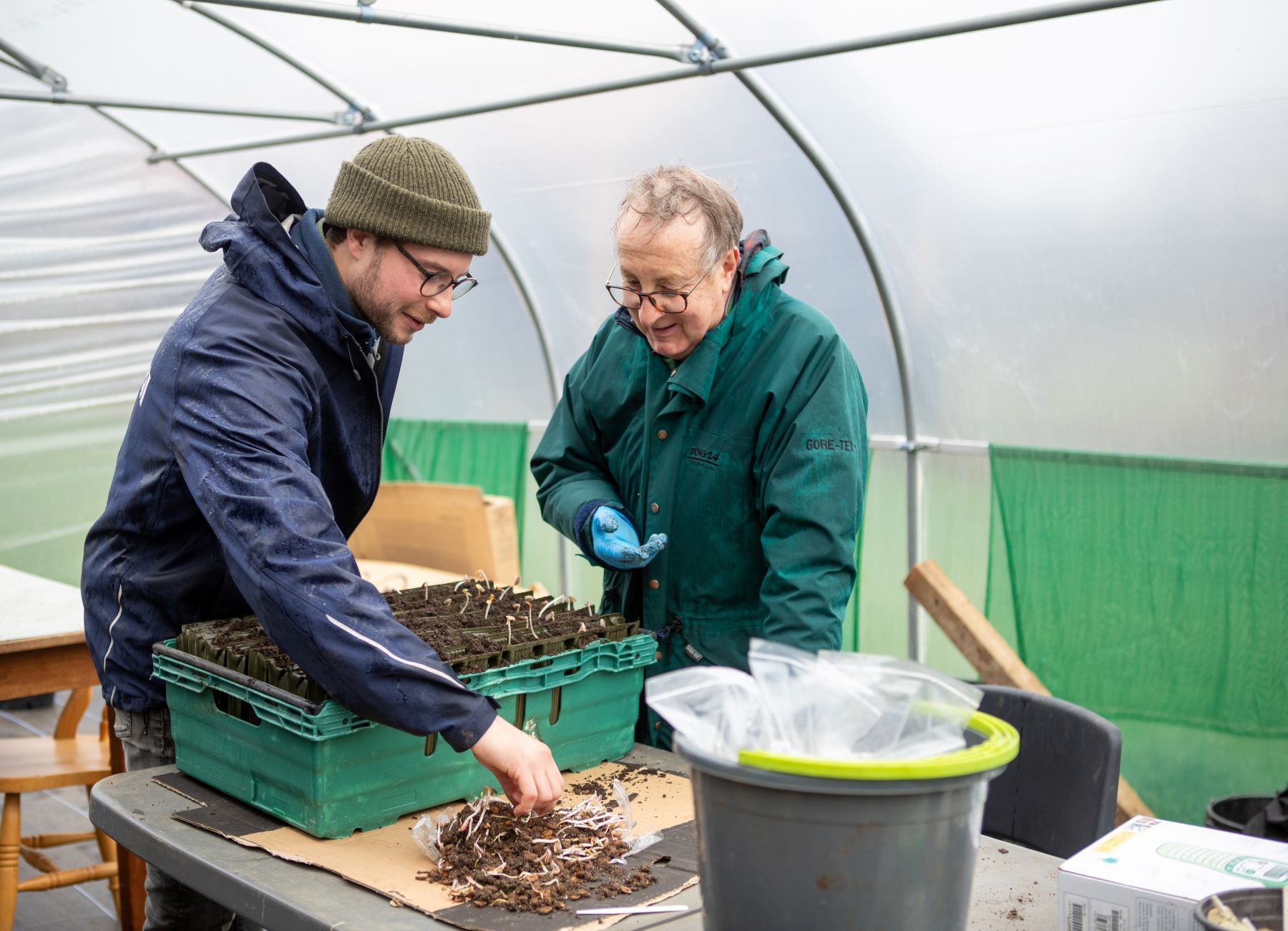
Understanding the impacts of woodland creation on land value
The England Trees Action Plan made a commitment (Action 5.12) to build the economic evidence base in order to help land managers and businesses make informed decisions on land use change and woodland management. Helping to build this economic evidence base is the primary objective of Forest Research’s ‘Economics of Woodland Creation’ project.
This project covers a range of work, including modelling cash flows from woodland creation, developing updated hardwood price size curves in collaboration with Grown in Britain, modelling woodland creation cash flow scenarios, and investigating the impacts of tree planting on the value of land in England.
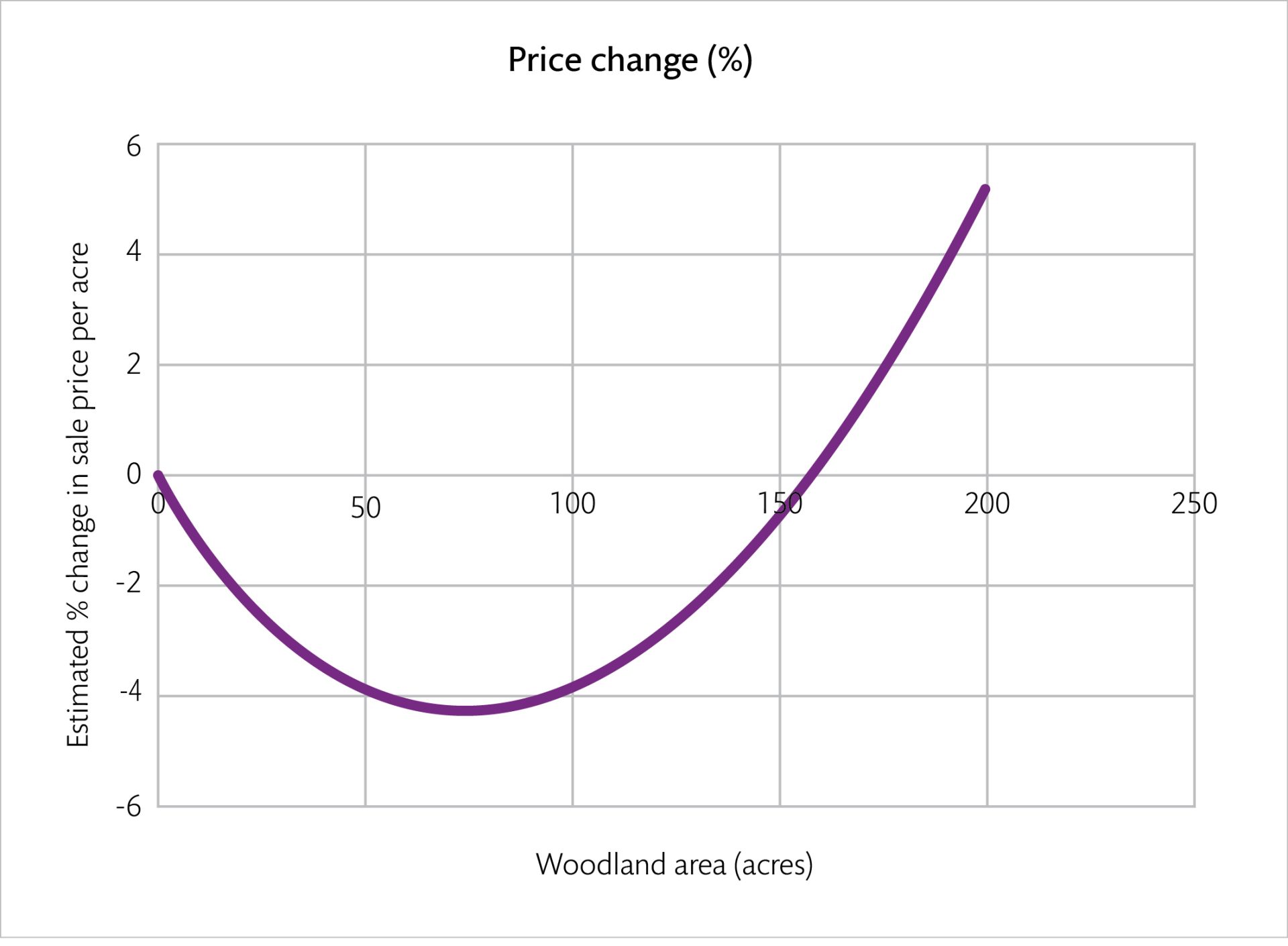
Case studies of the impacts of woodland creation were undertaken by a private sector land valuer. Farmland is valued by UK land valuers based upon its attributes – primarily, agricultural land quality/grade. Once woodland is planted on a land parcel, its value instead becomes based on the ‘bare land’ value plus the value of the trees as they grow.
Agricultural valuation attributes no longer influence the land value at this point due to the permanent land use change to woodland. As the ‘bare land’ value is relatively low, land value tends to fall where woodland is planted on prime agricultural land, while planting productive conifers on poor quality farmland can increase the land value.
Drawing on anonymised data for 1,239 farmland sales in England for the period 2014–2023 (provided by John Clegg and Co), project partners at Heriot-Watt University developed an economic model of the determinants of land prices in England.
The results for agricultural attributes demonstrated that land quality and farm type are important, with size of land area having a negative impact on price per acre and the square of the land area having a positive influence (reflecting increasing productivity as the area increases). Results from a model that included woodland variables were not fully conclusive, with neither the presence of woodland, nor the area of woodland, found to be significant.
However, Heriot-Watt found that the woodland area squared was significant, implying larger areas of woodland are more valuable, with over 20% woodland cover on the farmland sold found to have a significant negative influence. The findings suggest a U-shaped relationship may exist, with a decline in land value per acre as woodlands increase in size for smaller sizes (due to increasing woodland area seen as detracting from valuable agricultural production), and a turning point where the woodland starts to become financially viable and is considered an asset, resulting in higher land values per acre for larger woodlands.
Using spatial modelling to understand environmental predisposition to tree diseases
The Centre for Forest Protection (CFP) is a research collaboration, funded by Defra and led by Forest Research in collaboration with Kew. The mission of the CFP is to protect the future of woodlands from environmental and socio-economic threats through innovative science, interdisciplinary research, expert advice, and training. The first phase (2022 to 2025) consisted of thirteen projects alongside educational and knowledge exchange activities.
One of the projects sought to understand how environmental conditions may predispose trees to disease. Researchers used existing historic data such as disease observations reported to Tree Alert, as well as plant health survey records to model disease risk based on environmental data including climate, soils and topography.
These models allowed future climate predictions to be made. Working on three case studies, the research team has produced preliminary maps which predict where tree species will be most at risk from ash dieback, Dothistroma needle blight and Phytophthora pluvialis infections.
Ash dieback observations are predicted to occur in a widespread pattern across Great Britain, but climate is expected to cause some areas to be more suitable than others especially wet warm areas in the south and west of the country. In Northern Scotland both ash and ash dieback are mostly limited to glens and valleys.
Major challenges for the project were to harmonise disparate data sets and eliminate reporting biases. We expect risk maps to be publicly available later in 2025.
Further information about the Centre can be found on a dedicated website www.forestprotection.com.
Upgrading our technology with our new geospatial system
Project Canopy is the next evolution of Forest Research’s ForesterWeb and Geostore systems. These are core geospatial products in use across British forestry, supporting the management of our forests in one consolidated system. Over the next three to five years, the Geographic Information Systems (GIS) team at Forest Research will gradually update the systems, bringing flexibility, better cost management, support, and enhancements. The new system will allow users to engage with novel technologies, emerging data, and scientific advancements in the field of forestry, such as drone data and scientific models.
Project Canopy is led by the GIS team within Forest Research and is a collaborative effort between partner organisations. Our partners support the programme’s governance and engagement, to ensure that the new system delivers the results needed.
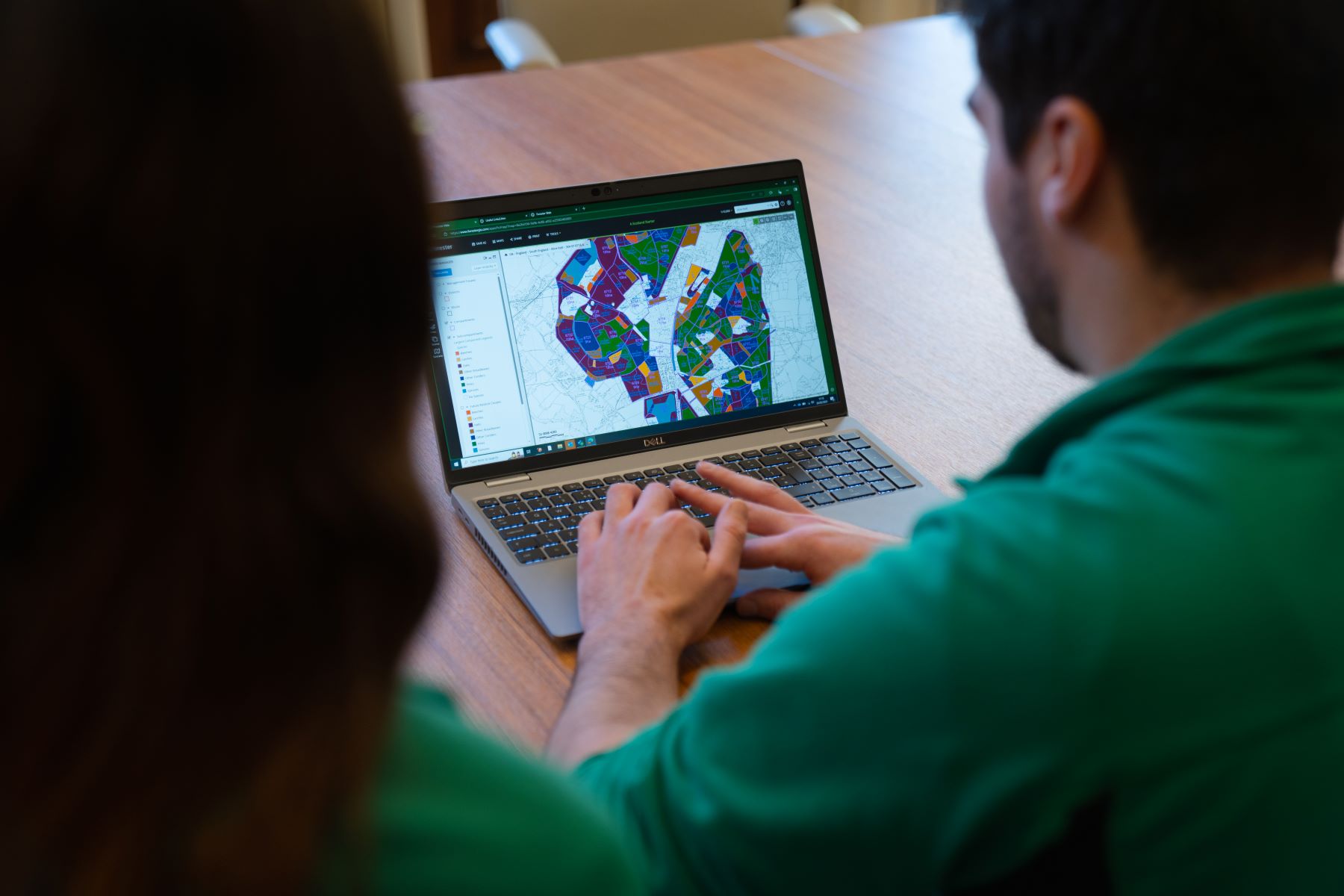
The project is still in the early stages and the focus is currently on thorough planning and initial engagement, although enabling works to set up these IT-based architectures for data management and proof of concept are already underway. Investigations and early workshops have been undertaken, the latter with customers at the beginning of the year, and a vision document is being prepared to consolidate the learning from these initiatives into a focussed delivery plan.
The business logic of the original systems, particularly around inventory editing and management, remains broadly unchanged, bringing forward the robust elements of the original systems into modern technological architectures.
The next steps are to publish the draft vision document for further discussion and, based on this, begin work on the proof of concept. Alongside this, we have anticipated programmes of work around change management, business model, and training and service support. Finally, we will produce a decommissioning plan for ForesterWeb, which will run in tandem with the development work.
Our key publications
If you want to read more of the impactful science and services that Forest Research delivered during the year, follow this link to the Forest Research publications section.
